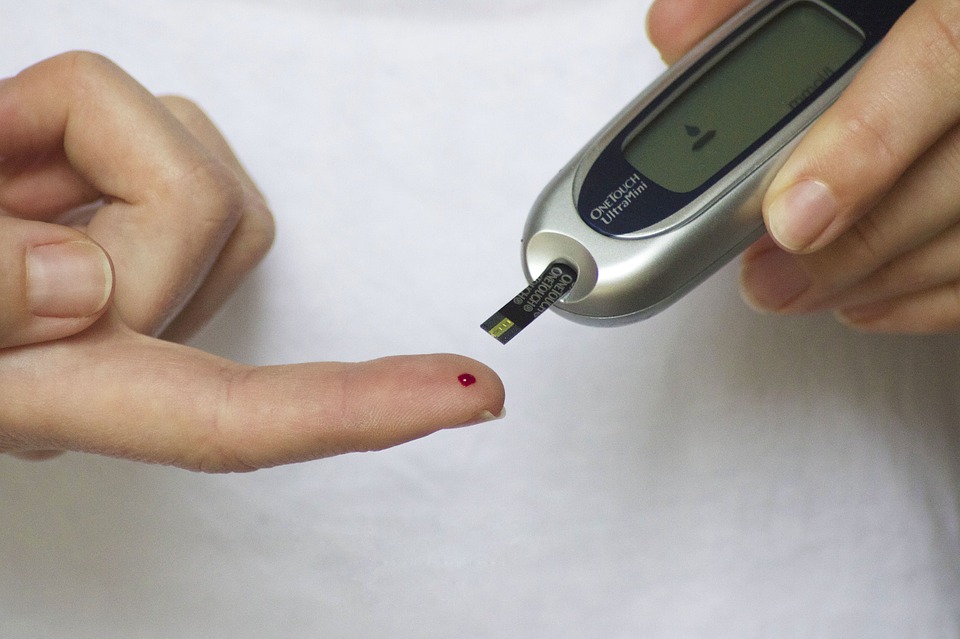She is Italian, has 34 years and two girls and has just identified the protein that allows the development of type 2 diabetes mellitus . This is Francesca Sacco, a young researcher in The Biology Department of the“Tor Vergata” University in Rome , who has managed, through studies on diabetic animals, to isolate and know her main enemy: GSK3 protein.
What does this protein do?
The important study was published on the scientific head “Cell Metabolism“creating considerable euphoria and curiosity in the scientific community. Entitled
Phosphoproteomics Reveals THE GSK3-PDX1 Axis as a Key Pathogenic Signaling Node in Diabetic Islets – “Cell Metabolism
“, The study has as its protagonist the function of the protein that, once activated, blocks the production of insulin by the pancreas.
The consequence is in high blood glucose levels leading to high blood glucose and associated diseases. The task of insulin is to counterbalance this production, creating a balance between the substances assimilated by our organism.
And this is where the study of the Italian scientist comes into play, produced in communion with German and Australian universities and with the contribution also of Professor Piero Marchetti of the University of Pisa.
Although there are different forms of the disease, type 2 diabetes is actually the most widespread. And is characterized by a progressive loss of the functionality of the Langerhans Islands, present in the pancreas.
The result is a poor if not nothing insulin creation, however poorly transpoed by liver and muscle. This results in the progressive collapse of the organism due to a high presence of glucose in the blood.
Sacco gave a name and an image to the offending protein, THE GSK3, which as a major pastime has to weaken and progressively damage the islands of Langerhans. The task of the scholars will now be to target this protein in order to disable it and normalize the production of insulin, thus eradailing the disease.
The results, after the first tests on diabetic animals, appear encouraging, even if the end result is still far away.
Good news anyway for the over 370 million of the sick present on our planet, of which well 24 in the United States and 4 only in Italy. For which, only in 2012, were spent well 471 billion dollars for medical care worldwide.
